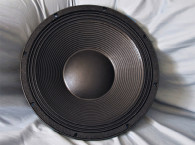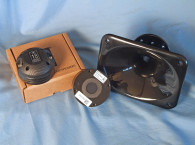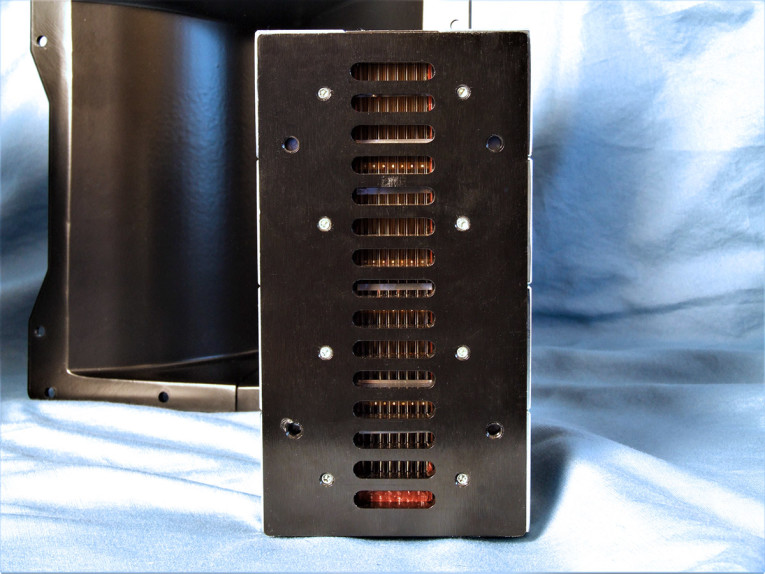
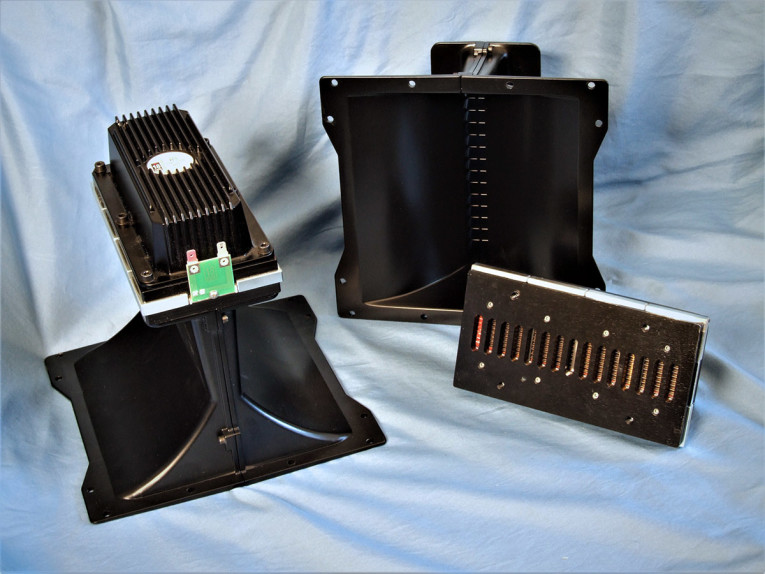
The Eighteen Sound AMT200P is only the third pro sound AMT that I have characterized in Test Bench, the first two being the Beyma TPL200/H in the July 2018 issue and the Beyma TPL75 in the August 2018 issue. There has been a “renaissance” in AMTs over the last several years, and we now find them showing up not only in home audio, but in pro sound, in both studio monitors and PA applications.
Features for the Eighteen Sound AMT200P include a 167mm×31mm (6.57”×1.22”) rectangular throat with a Polyimide (Kapton) diaphragm. This driver has a nominal 8Ω impedance (also available in 16Ω), a neodymium magnet structure, AES power handling of 90W (180W continuous) above 1.2kHz, sensitivity of 105dB, a recommended crossover frequency of 1.2kHz at 48dB/octave, and a net weight of 7.5lb (3.4kg). This AMT also has a damped rear cavity that includes a black emissive coating and heatsink fins for cooling enhancement. The magnetic system in this driver is extremely strong with a flux density of 0.82T. I made the mistake of getting the two samples in too close proximity of each other, and they became magnetically attached, making it a bit of a science project to separate them.
While the AMT200P can be used as a standard planar device (Photo 1), Eighteen Sound also has a dedicated waveguide available, the 90°×20° XMT200 (Photo 2). The XMT200 is a constant directivity horn (down to 600Hz) constructed out of aluminum and optimized for heat dissipation when coupled to the AMT200P. Photo 3 and Photo 4 give the horizontal and vertical directivity spectrograms for the XMT200, respectively.


I commenced testing using the LinearX LMS analyzer to produce the 300-point stepped sine wave impedance plot shown in Figure 1, with the solid black curve showing the AMT200P mounted on the XMT200 waveguide and the dashed blue curve representing the planar transducer without the waveguide. With nominal 8Ω impedance, the AMT200P has a 4.92Ω DCR, with minimum impedance mounted on the XMT200 waveguide of 4.97Ω and at 3.39kHz.

For the first set of SPL measurements, I free-air mounted the Eighteen Sound AMT200P/XMT20 combination without an enclosure and measured both the horizontal on- and off-axis at 2.0V/0.5m (normalized to 2.83V/1m) from 0° on-axis to 60° off-axis using the LoudSoft FINE R+D analyzer and GRAS 46BE microphone (supplied courtesy of LoudSoft and GRAS Sound & Vibration). Figure 2 displays the on-axis frequency response of the AMT driver/horn, which is relatively smooth ±3dB response from 700Hz to 15.1kHz with no major anomalies. Figure 3 shows the 0° to 60° on- and off-axis response in the horizontal plane with Figure 4 displaying the normalized horizontal plane response. Figure 5 shows the 180° horizontal polar plot (in 10° increments with1/3 octave smoothing applied), generated by the CLIO Pocket analyzer and accompanying microphone (courtesy of Audiomatica SRL).
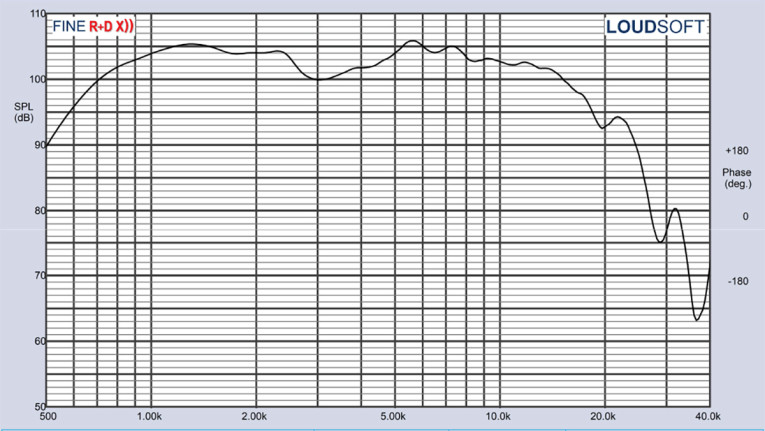
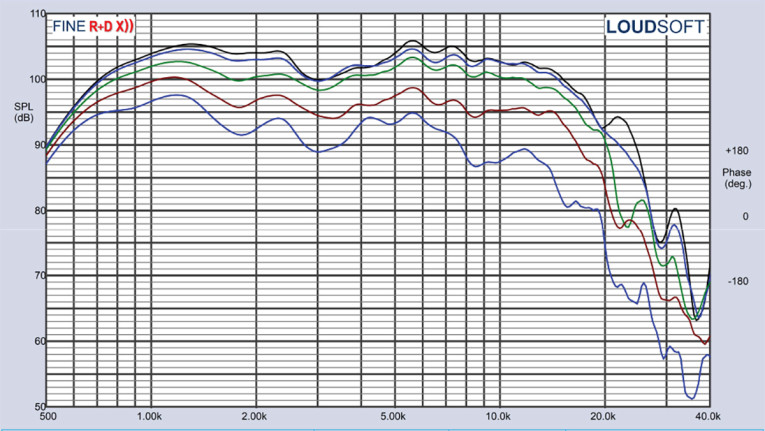
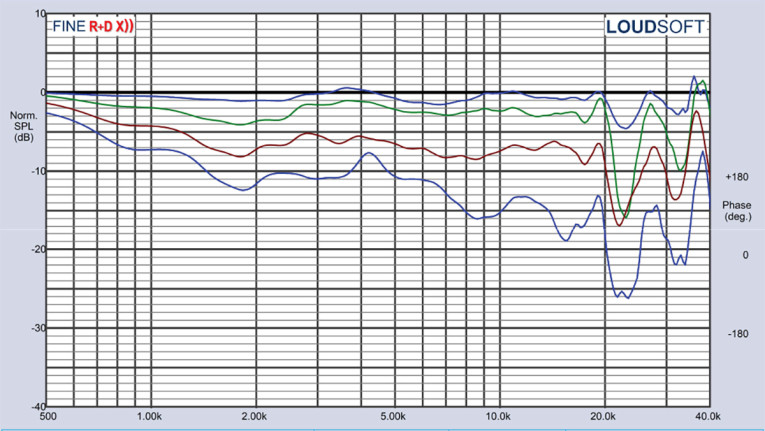
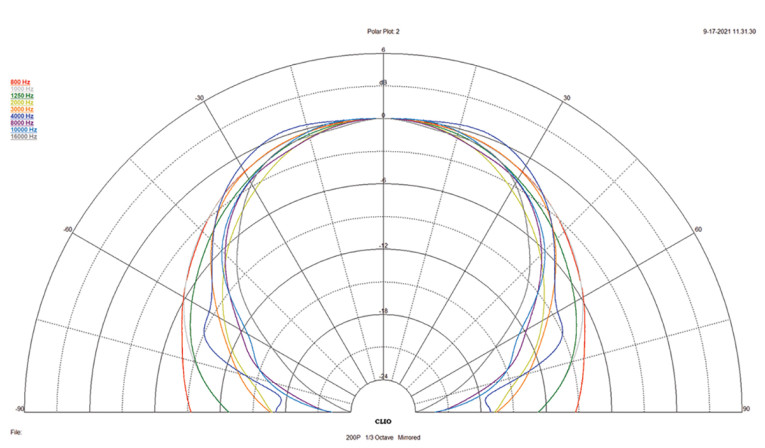
For the vertical waveguide orientation, Figure 6 depicts the vertical on- and off-axis from 0° to 60°. Figure 7 shows the normalized version of Figure 6. Figure 8 shows the vertical plane polar plot. Last, Figure 9 gives the two-sample SPL comparison, showing the two Eighteen Sound AMT200P/XMT200 samples to be closely matched within ≤1 dB throughout the drivers’ operating range.

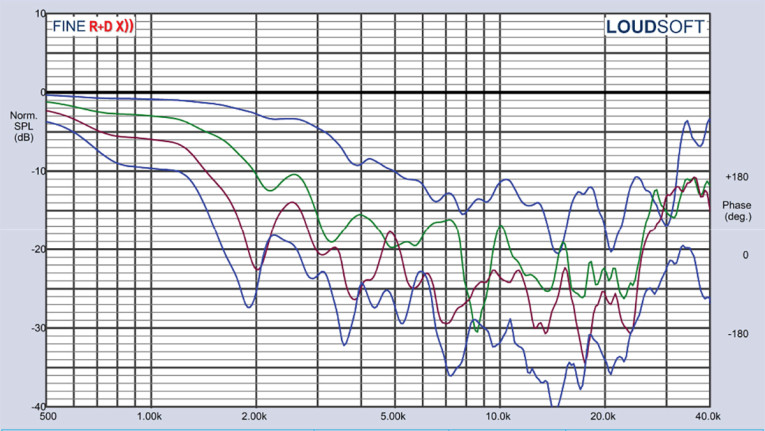

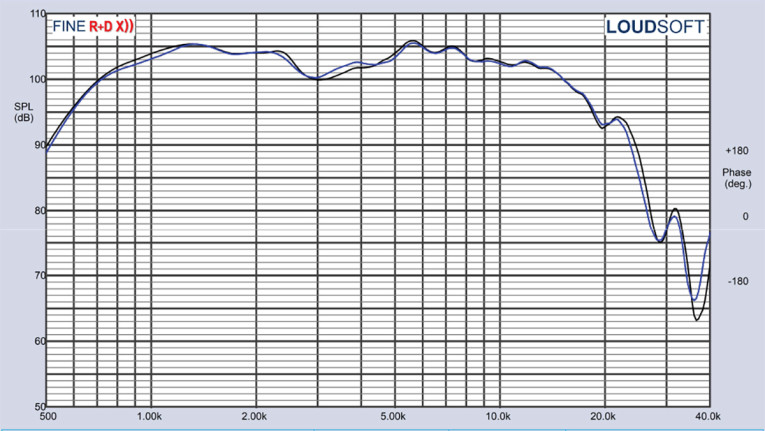

Since the AMT200P can also be employed in applications such as high output studio monitors without the XMT200 waveguide, I did a series of measurements sans the waveguide. For these response measurements, I flush-mounted the driver in an enclosure with a 16.5”×11” baffle and measured the response on-axis to 45° off-axis. The on-axis response is shown in Figure 10, with the 0° to 45° curves given in Figure 11. Looking at the comparison of the AMT200P’s response illustrated in Figure 12 with and without the XMT200, it is obvious that the waveguide substantially equalized to response below 4kHz and smoothed out the peak at 13.9kHz. In a powered monitor scenario with DSP, this is certainly not an issue.




Following this test sequence, I set up SoundCheck 18 to generate a 2.83V/1m impulse response curve for this driver/horn combination and imported the data into Listen’s SoundMap Time/Frequency software. The resulting cumulative spectral decay (CSD) waterfall plot is given in Figure 14 and the Short Time Fourier Transform (STFT) plot is shown in Figure 15.
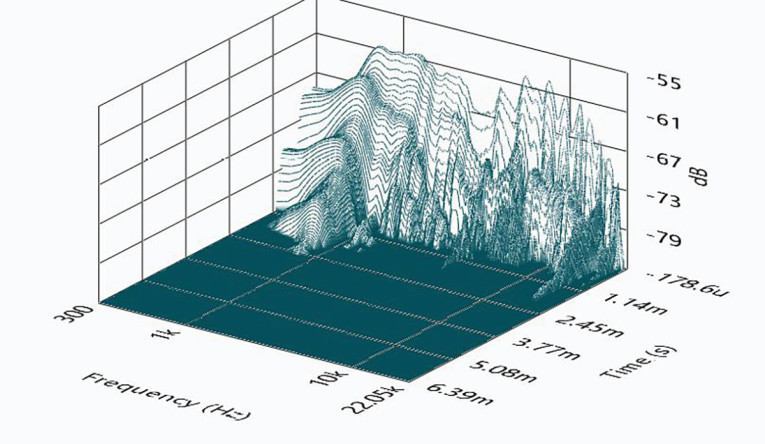
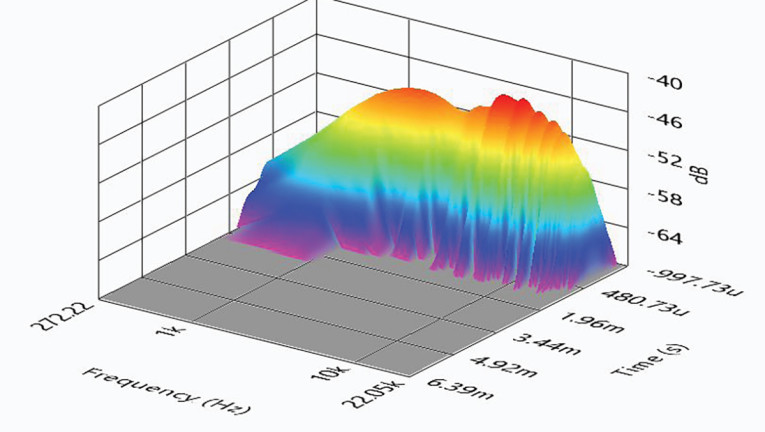
After reviewing all the objective measurement data presented here, the Eighteen Sound AMT200P driver and XMT200 waveguide are obviously well-engineered, exhibiting good performance and outstanding build quality. Whether the application is in PA systems (including line source applications), or used as a high-performance high-frequency transducer in a studio monitor, it’s great for the industry to be offered another ~1000Hz alternative. For more information about this and other Eighteen Sound OEM pro sound products, visit
www.eighteensound.com. VC
This article was originally published in Voice Coil, November 2021.





